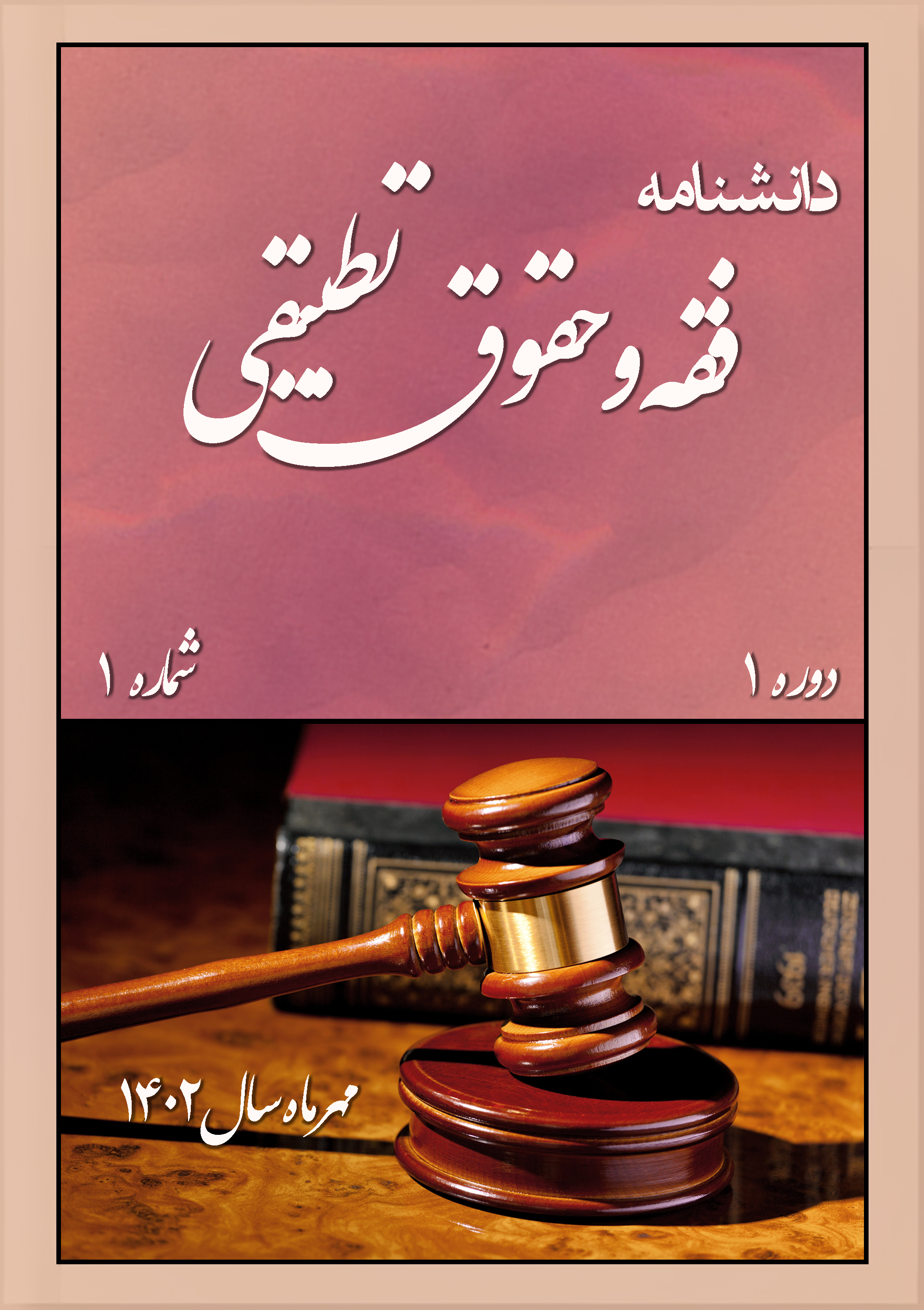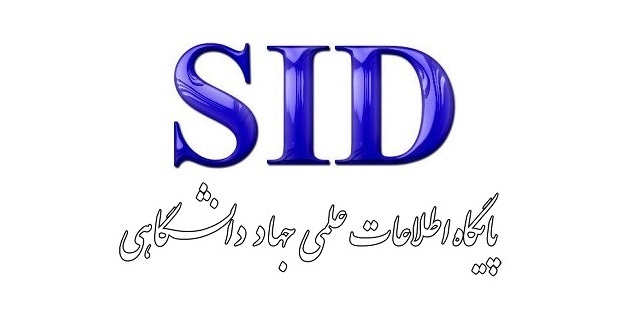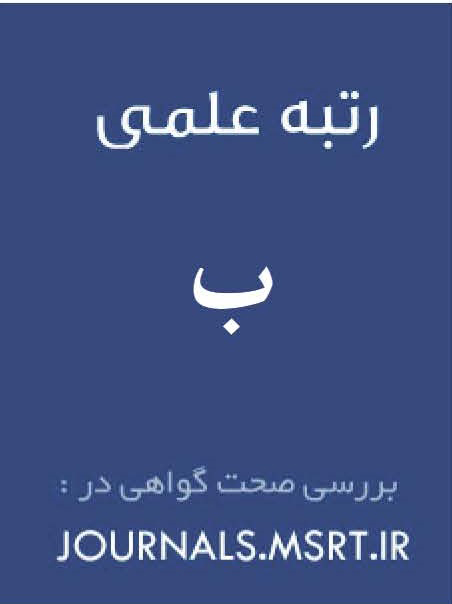The Gap Between Promise and Practice: A Legal Analysis of the Realization of Human Rights through Iran’s Public Budget (2021–2025)
Keywords:
The budget as a legal and moral covenant, Dual legal obligation, International legal frameworkAbstract
This article provides a legal and empirical analysis of Iran’s public budgeting process during the period 2021 to 2025 and evaluates its alignment with international and domestic human rights obligations. The central argument is that despite a strong constitutional foundation for social justice and the ratification of international treaties, a deep and significant implementation gap persists. Through case studies on the right to food and the right to education, and by analyzing budgetary data against the backdrop of high inflation, the study demonstrates that there has been regression in the actual realization of economic and social rights. This failure is not solely attributable to resource shortages but is rooted in a triad of structural deficiencies: an inefficient and inequitable revenue system, systemic inefficiencies in expenditure, and a profound accountability deficit characterized by lack of transparency and weak oversight. The article concludes that these systemic shortcomings constitute violations of the government’s legal obligations, particularly the duty to make “the maximum use of available resources” effectively. Finally, a set of rights-based fiscal reforms, operational measures, and international best practices are proposed, with emphasis on strengthening oversight, increasing transparency, and improving the efficiency of social protection mechanisms.
Downloads
References
Aghilian, N., Rahami, M., & Shambayati, H. (2019). Effect of Legal Thought in Explaining Legislative Policies in the Field of Health. Journal of Education and Community Health, 6(1), 55-61. https://doi.org/10.29252/jech.6.1.55
Bidabadi, F. S., & Afshari, L. (2020). Human Right to Water in the Helmand Basin: Setting a Path for the Conflict Settlement Between Afghanistan and Iran. Utrecht Law Review, 16(2), 150-162. https://doi.org/10.36633/ulr.566
Kokabisaghi, F. (2019). Women's Right to Health in Iran: Domestic Implementation of International Human Rights Law. The International Journal of Health Planning and Management, 34(2), 501-509. https://doi.org/10.1002/hpm.2737
Kokabisaghi, F. (2024). The Assessment of National Conduct in Realizing the Right to Heath: Using the Framework of United Nations. International Journal of Human Rights in Healthcare, 18(1), 17-35. https://doi.org/10.1108/ijhrh-07-2023-0059
Mahdavi, M., Dadashnejad, D., & Behniafar, A. R. (2023). Exploring the Foundations of Human Rights in Iran's Policies With a Focus on the Holy Quran and Its Comparison With the Western World Centered on the United Nations Charter. Jspsich, 2(2), 306-325. https://doi.org/10.61838/kman.jspsich.2.2.15
Moinipour, S. (2018). Moral Panic and Power: The Means of Legitimisation of Religious Intolerance &Amp; Human Rights Violation Against the Bahá’ís in Iran. Religion and Human Rights, 13(2), 179-212. https://doi.org/10.1163/18710328-13021157
Moinipour, S. (2022). The Islamic Republic of Iran’s Export of Human Rights Violations Through Proxies: Yemen and the Case of the Bahá’ís. Religion and Human Rights, 17(2), 65-81. https://doi.org/10.1163/18710328-bja10026
Mousavi, S. A., Ghasemi, M., & Jafari, M. J. (2021). The Attitude of Iran’s Criminal Policy Towards the Observance of the Culprit’s Right to Silence in the Trials. Cuestiones Políticas, 39(70), 884-901. https://doi.org/10.46398/cuestpol.3970.54
Naini, A., & Naderian, M. A. (2018). Oil Price Cycles, Fiscal Dominance and Countercyclical Monetary Policy in Iran. Opec Energy Review, 43(1), 3-28. https://doi.org/10.1111/opec.12125
Shakiba, A. H., Ghadiri, G., & Karaki, H. S. (2023). Iran’s Legislative Policy in Dealing With Fraud During COVID-19 Pandemic. Jurnal Undang-Undang Dan Masyarakat, 33, 103-118. https://doi.org/10.17576/juum-2023-33-09
Zargari, N., Parvin, K., aslani, f., & Negini, H. A. (2023). A Jurisprudential and Legal Study of Human Security, Social Security, and the Rights of Future Generations in Iran. CSJLP, 5(3), 168-192. https://doi.org/10.61838/csjlp.5.3.13
Zarghamfard, M., & Meshkini, A. (2021). Analysis of Factors Affecting the Realization of Right to Adequate Housing in Iran: Developing an Interpretive-Structural Model. International Journal of Housing Markets and Analysis, 15(2), 411-428. https://doi.org/10.1108/ijhma-02-2021-0021
Downloads
Published
Submitted
Revised
Accepted
Issue
Section
License
Copyright (c) 2025 پیام عظیمی (نویسنده); محمد مظهری; سید حسین ملکوتی هشتجین, محمد رضا سلمانی بی شک (نویسنده)

This work is licensed under a Creative Commons Attribution-NonCommercial 4.0 International License.









